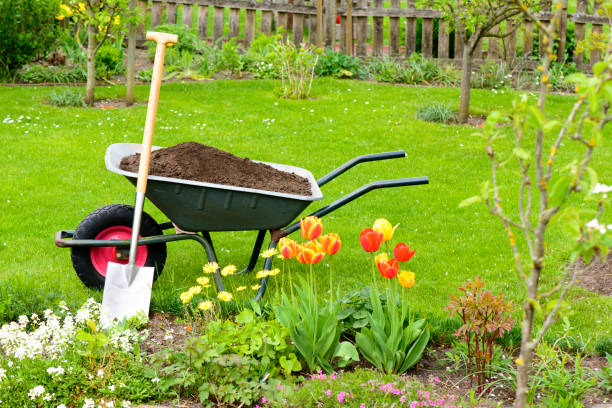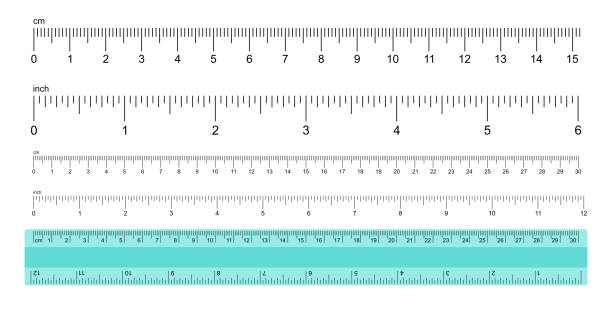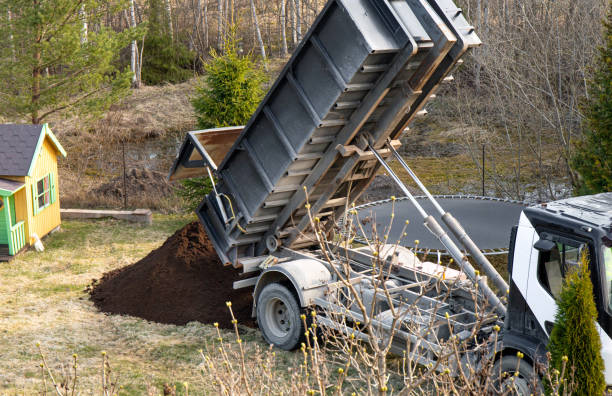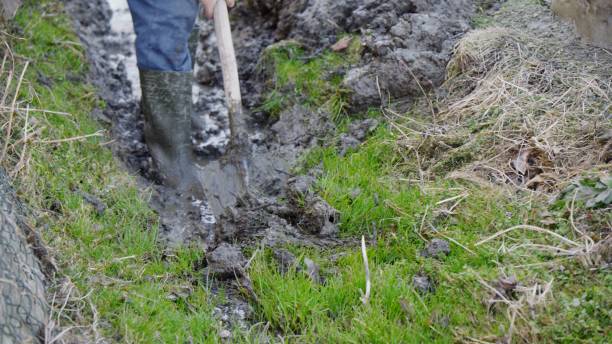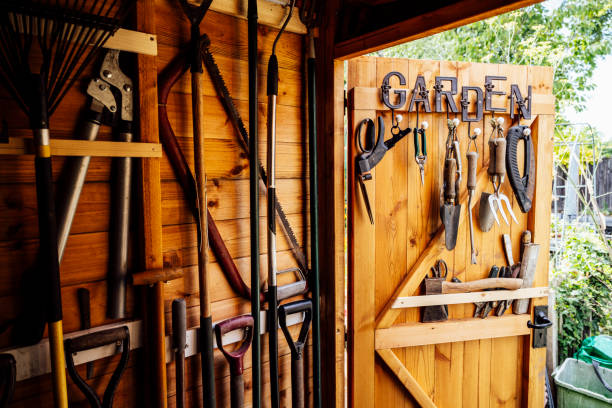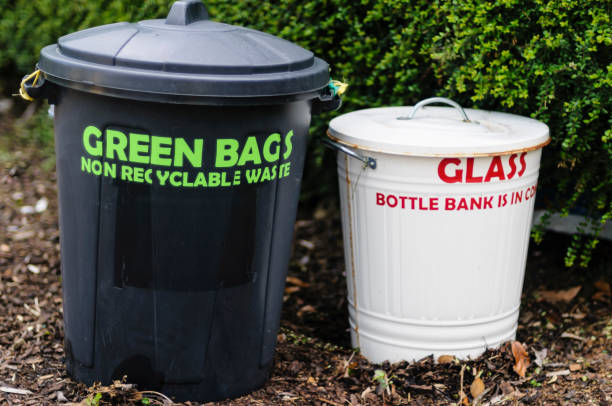How Many Wheelbarrows to a Yard
This post contains affiliate links. This means I will make a commission at no extra cost to you should you click through and make a purchase. Read the full disclosure here.When it comes to various outdoor projects like gardening, landscaping, or construction, you may often come across the need to measure and transport materials. One common question that arises is, “How many wheelbarrows are needed to carry a yard of material?” In this article, we’ll explore the concept of wheelbarrows, cubic yards, and provide you with a clear understanding of how to calculate the number of wheelbarrows required for a yard of material.
What is a Wheelbarrow?
A wheelbarrow is a simple but essential tool used for transporting materials such as soil, sand, gravel, or other loose substances. It typically consists of a shallow or deep container, called the tray or bed, supported by one or two handles and a single wheel. The design allows for easy maneuverability, making it ideal for various tasks around the yard.
Understanding Cubic Yards
Before we dive into the specifics of wheelbarrows, it’s important to grasp the concept of cubic yards. A cubic yard is a unit of measurement used to determine the volume of a three-dimensional space. It is equivalent to a cube with sides that are one yard in length. This measurement is commonly used in construction, landscaping, and other fields where large quantities of material need to be measured.
Calculating the Volume of a Wheelbarrow
To determine how many wheelbarrows are needed for a yard of material, it’s crucial to consider the volume capacity of the wheelbarrow. Different types of wheelbarrows come in varying sizes, so it’s important to know the specifications of the particular wheelbarrow you’re using.
Types of Wheelbarrows
There are two main types of wheelbarrows: single-wheel and dual-wheel. Single-wheel wheelbarrows are more common and suitable for lighter loads, while dual-wheel wheelbarrows provide better stability and are capable of carrying heavier loads.
Common Wheelbarrow Sizes
Wheelbarrows come in different sizes, ranging from small to large. The most common sizes are 2 cubic feet, 3 cubic feet, and 6 cubic feet. However, there are also larger sizes available, such as 8 cubic feet or more, which are typically used in construction projects.
How Many Cubic Feet Are in a Yard?
To determine the number of wheelbarrows needed for a yard of material, it’s necessary to understand the conversion between cubic yards and cubic feet. Since there are 27 cubic feet in a cubic yard (3 feet x 3 feet x 3 feet), this conversion factor will help us calculate the required number of wheelbarrows.
Determining How Many Wheelbarrows Are in a Cubic Yard
To calculate the number of wheelbarrows required for a cubic yard of material, we need to consider the volume capacity of the wheelbarrow and the conversion factor from cubic yards to cubic feet. Let’s take a look at an example calculation:
Example Calculation:
Assuming we have a wheelbarrow with a volume capacity of 6 cubic feet.
Since there are 27 cubic feet in a cubic yard, we divide 27 by 6.
The result is approximately 4.5 wheelbarrows.
Therefore, it would take around 4 to 5 wheelbarrows to transport one cubic yard of material using a wheelbarrow with a 6 cubic feet capacity.
Factors to Consider
While the above calculation provides a general estimate, there are some additional factors to consider when determining the number of wheelbarrows required:
Weight Capacity of the Wheelbarrow: Ensure that the weight of the material you’re transporting does not exceed the weight capacity specified by the manufacturer.
Efficiency and Skill Level: Your efficiency and skill in handling a wheelbarrow will affect the number of trips needed to transport the material.
Practical Applications
Wheelbarrows find practical applications in various projects. Here are a few examples:
Construction Projects: Wheelbarrows are commonly used in construction sites to transport materials like concrete, gravel, or sand to specific locations.
Gardening and Landscaping: Wheelbarrows are invaluable tools for moving soil, mulch, rocks, or plants around the garden or landscape.
Tips for Using a Wheelbarrow Efficiently
To make the most of your wheelbarrow and ensure efficient transportation, consider the following tips:
- Load the wheelbarrow evenly to maintain stability.
- Push, rather than lift, the handles to reduce strain on your back.
- Use proper lifting techniques when loading and unloading the wheelbarrow.
Conclusion
Knowing how many wheelbarrows are required for a yard of material can save you time and effort when working on outdoor projects. By understanding the volume capacity of your wheelbarrow and the conversion between cubic yards and cubic feet, you can make accurate calculations. Remember to consider factors like weight capacity and your own efficiency for a smoother experience.
FAQs
Can I use any wheelbarrow for transporting a yard of material?
You can use any wheelbarrow as long as it has the appropriate volume capacity and weight capacity for the material you’re transporting.
Are dual-wheel wheelbarrows better than single-wheel wheelbarrows?
Dual-wheel wheelbarrows offer better stability and are suitable for heavier loads, but single-wheel wheelbarrows are more common and work well for lighter tasks.
Can I estimate the number of wheelbarrows required for a fraction of a yard?
Yes, you can calculate the fraction of a yard and adjust the number of wheelbarrows accordingly.
What should I do if the material I need to transport exceeds the weight capacity of my wheelbarrow?
It is important not to overload the wheelbarrow. If the material exceeds the weight capacity, consider dividing it into smaller loads or using a larger wheelbarrow or alternative equipment.
Are there any safety precautions to keep in mind when using a wheelbarrow?
Yes, it is important to use proper lifting techniques, wear appropriate protective gear, and be mindful of your surroundings while using a wheelbarrow.

